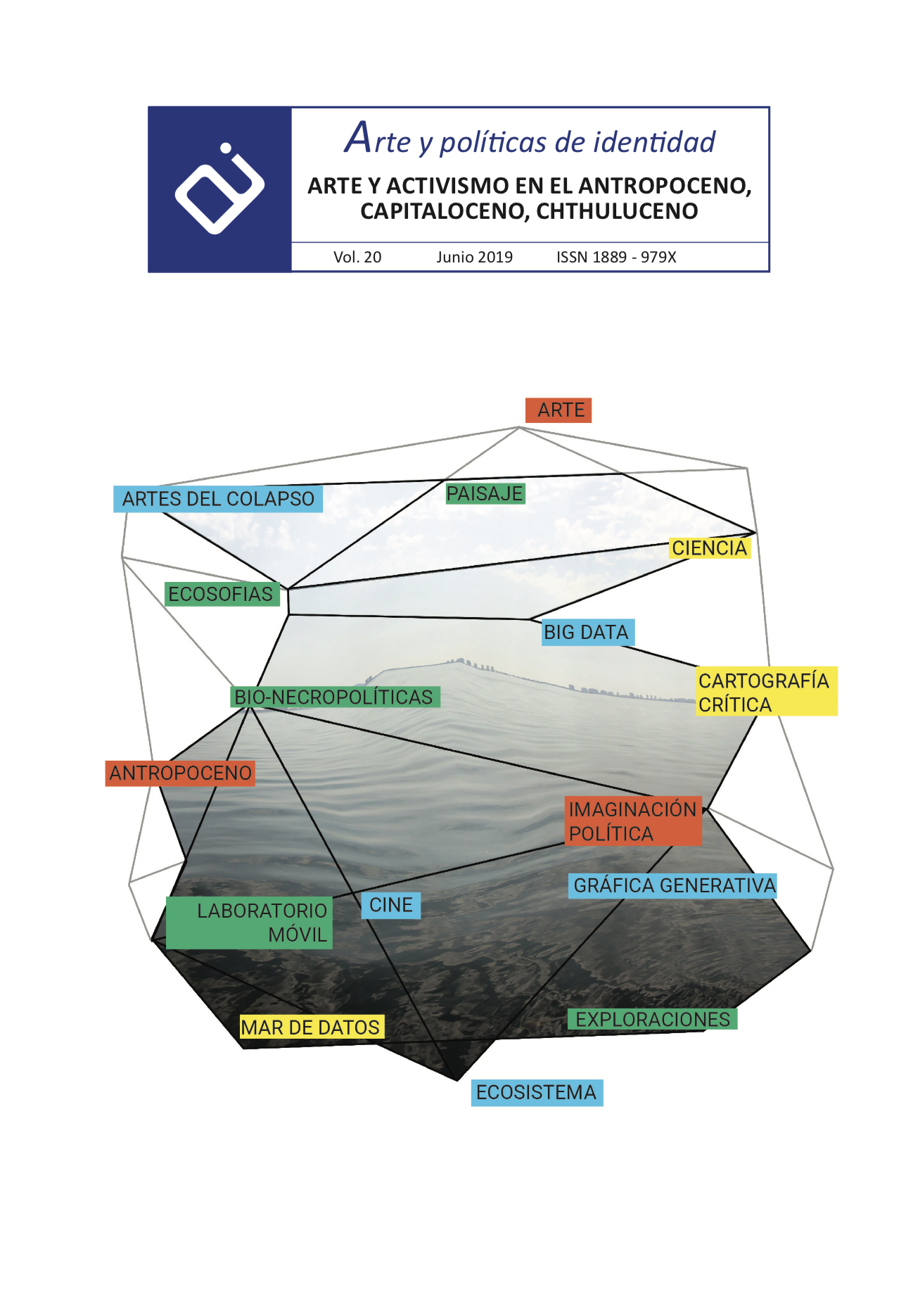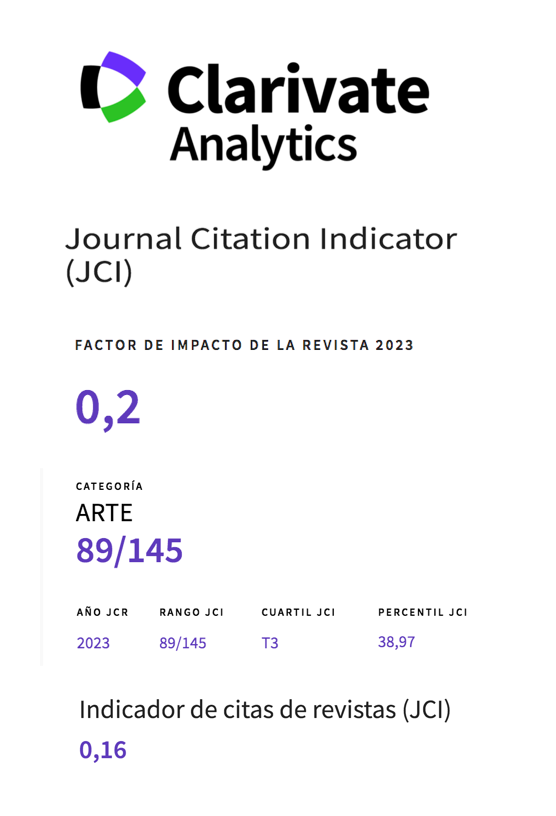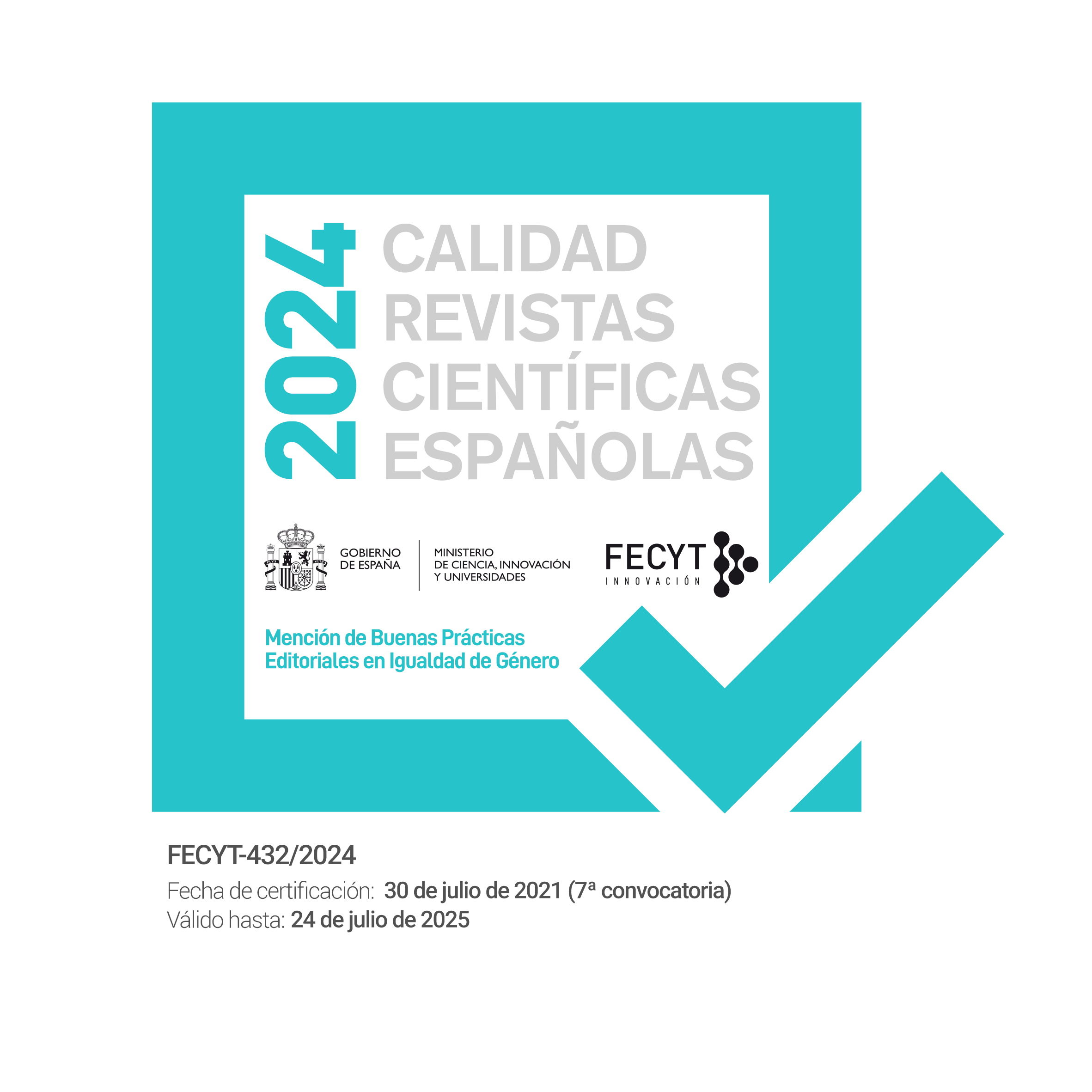Un buceo en la naturaleza para la creación artística de recorridos y mapas
Proyectos artísticos de Ecoarte
Resumen
Este artículo presenta la investigación y la práctica artística del Grupo Ecoarte, UFBA/Brasil, enfocándose en proyectos que trabajan especialmente con mares y ríos. Son inmersiones en la naturaleza que buscan discutir y reflexionar sobre nuestroterritorio, lugar y cómo lo representamos en mapas y en obrasartísticas. Los resultados de estas experiencias en la naturaleza son lo más variado posible: instalaciones interactivas, ciencia ciudadana, sensores medioambientales, mapas interactivos online, residencia artística en un velero, performance audiovisual, paseos en una isla y cartografía audiovisual. Es el relato de una investigación empírica teórico-artística en busca de una estéticamedioambiental.
Descargas
-
Resumen542
-
PDF619
Citas
Aceti, L. (2016). Meanderings and Reflections on Locative Art. Leonardo Electronic Almanac, 21(1).
Anderson, B. (1991). Imagined communities: reflections on the origin and spread of nationalism. London; New York: Verso.
Bolt, B. (2007). Sensorium: aesthetics, art, life. Newcastle, U.K.: Cambridge Scholars Pub.
Bondia, J. L. (2002). Notas sobre a experiência e o saber de experiência. Revista Brasileira de Educação, 41(19), 20–28.
Carlson, A. (2002). Aesthetics and the environment: the appreciation of nature, art, and architecture. London; New York: Routledge.
Cresswell, T. (2006). On the Move: Mobility in the Modern Western World. New York, London: Routledge.
Cubitt, S. (2009). El camino (no camino). In Ana Botella Diez del Corral (Ed.), There is no road. The road is made by walking. Gijón: Laboral.
Evans, D. (2012). The Art of Walking: A Field Guide. London: Black Dog Publishing.
Grande, J. K. (2004). Art Nature Dialogues: Interviews with Environmental Artists. Albany, N.Y.: SUNY Press.
Harmon, K. A. (2004). You are here: personal geographies and other maps of the imagination (1st ed.). New York: Princeton Architectural Press.
Harrison, S. y Dourish, P. (1996). Re-Place-ing Space: The Roles of Place and Space in Collaborative Systems.
Jones, C. A. y Arning, B. (2006). Sensorium: embodied experience, technology, and contemporary art (1st MIT Pr.). Cambridge, Mass.: MIT Press: The MIT List Visual Arts Center.
Lippard, L.R. (1997). The Lure of the Local: Senses of Place in a Multicentered Society. New York: The New Press.
Lipton, A. y Watts, P. (2004). Ecoart: ecological art. In H. Strelow & V. David (Eds.), Ecological aesthetics. Art in environmental design: theory and practice. Basel; Boston: Birkhauser.
Machado, A. (2007). Arte e mídia. Rio de Janeiro: Jorge Zahar.
McWilliam, A. (2008). Developing an Environmental Aesthetics: Aesthetics and the Outdoor Experience. In G. Coutts & T. Jokela (Eds.), Art, Community and Environment. Bristol, UK; Chicago, USA: Intellect Books.
Mogel, L. y Bhagat, A. (2008). An Atlas of Radical Cartography. Los Angeles, CA: Journal of Aesthetics & Protest Press.
O’Rourke, K. (2016). Walking and Mapping. Artists as Cartographers. Cambridge, Massachusetts, London, England: MIT Press.
Santos, M. (1988). Metamorfoses do Espaço Habitado: Fundamentos Teóricos e Metodológicos da Geografia. São Paulo: Hucitec.
Sheller, M. y Iverson, H. (2016). L.A. Re.Play: Mobile Network Culture in Placemaking. Leonardo Electronic Almanac, 21(1).
Thompson, N. (2008). Experimental geography. New York: Melville House; Independent Curators International.
Thoreau, H. D. (2004). Walking. Whitefish: Kessinger Publishing.
Tuan, Y.-F. (1990). Topophilia: a study of environmental perception, attitudes, and values. New York: Columbia University Press.
Turchi, P. (2004). Maps of the imagination: the writer as cartographer. San Antonio, Texas: Trinity University Press.
Works published in this journal are subject to the following terms:
- The Service of Publications from the University of Murcia (publishing house) keeps the published works’ copyrights, and favors and allows the reuse of these works under the license indicated in point 2.
- Works are published in the journal’s online edition under the license Creative Commons Reconocimiento-NoComercial-SinObraDerivada 3.0 España(texto legal). They can be copied, used, disseminated, transmitted and publicly exhibited, as long as: i) the author and original source of publication are cited (journal, publishing house and work’s URL); ii) they are not used for commercial purposes; iii) the existence and specifications of this license are mentioned.
3. Conditions for auto-file. It is allowed and encouraged that authors share electronically their pre-print version (the pre-reviewed version) and /or post-print version (the reviewed and accepted version) of their Works before the publication, since it promotes its circulation and dissemination. RoMEO color: green.










